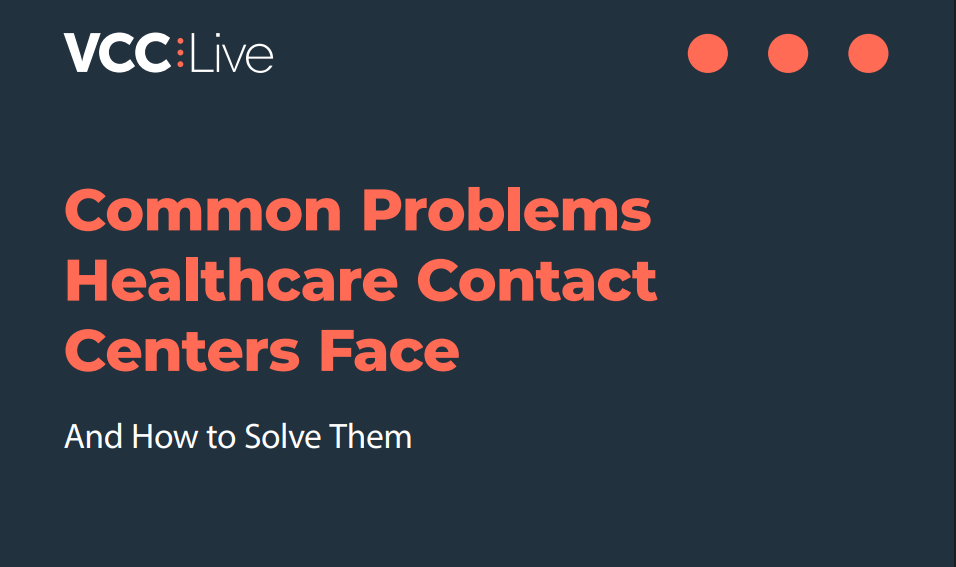In our ever-competitive world, call centers that handle incoming calls cannot afford to lose a single call. It doesn’t matter what industry you operate in, you can be sure that the competition will never sleep, and will always be looking to win over customers from your business. Luckily, callback technology can help you prevent that!
Every company that wants to strive in the long run must be able to handle incoming calls at any time, whether customers are asking for information, requesting support or making a complaint.
There are two options for successfully handling your contact center’s incoming calls:
Your first option is to increase the number of agents in your team who are responsible for handling incoming calls. You’ll thus be able to ensure that every call is addressed by an agent within an acceptable period of time.
However, as we all know, agents’ salaries are the biggest expense for any contact center, so this is not the most cost-effective solution.
Your other (and better in my opinion) option is to benefit from contact center callback technology, meaning that you rely on a technology solution that efficiently offers callbacks to customers.
So, if it seems that your contact center has enough agents to comfortably handle incoming calls even during peak periods, maybe this means you are employing too many agents and could easily save money and operate more efficiently by introducing callback technology to your workplace.
Interested? Okay, let’s see what you need to know about callback technology and its possible benefits for your contact center!
Callback Technology in Contact Centers – the Benefits
One thing is for sure: customers don’t like to be left waiting on hold for too long. Callback technology is a great solution for handling this problem, as it can eliminate the need for your customers to wait at the other end of the phone line until one of your agents is ready.
It does this by allowing customers to choose to have an agent call them back if they feel they are waiting too long in a line. The result is reduced wait times, less lost calls and more satisfied customers.
Furthermore, it is a cost-effective solution that helps with handling peak periods, increasing agent productivity and boosting contact center efficiency.
VCC Live’s callback technology is particularly impressive, as with it you can offer two options to your customers when they request a callback:
Firstly, your customers can request a call back after a specified number of seconds, and wait for you to offer a callback during a less busy business period.
Secondly, thanks to our speech-to-text technology, customers can also choose an exact date on which they wish to be called back by simply saying it out loud into their phone handset.
Of course, customers can also decide to continue to wait in the line and, once they hang up the phone, our system can automatically assign a callback to the first free agent in the queue.
VCC Live’s two options work perfectly depending on your company’s field of operations and company culture. The first option is a great solution for contact centers that tend to receive urgent technical issues, while the second option is ideal for companies mainly receiving calls requesting general information.



















